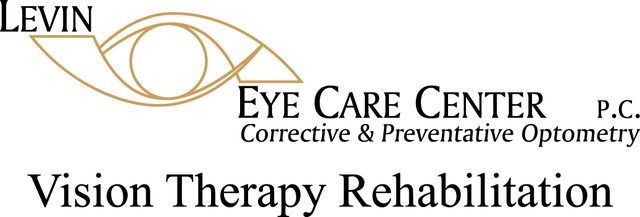
February is AMD/ Low Vision Awareness Month. We are working to educate the public about eye diseases that cause low vision and blindness. Share with a friend and help us raise awareness this month!
One hundred and thirty-five million people worldwide have low vision. Low vision is an uncorrectable vision impairment that interferes with a person’s ability to perform everyday activities. One of the diseases that causes low vision is AMD. AMD, or Age-Related Macular Degeneration, is the leading cause of vision loss in adults over age 60.
AMD Typically Shows No Early Warning Signs
AMD often develops slowly, and most patients don’t realize there’s a problem until serious vision obstruction develops. This disease destroys the sharp central vision which is controlled by the macula, a portion of the eye located at the back of the retina. The affects of AMD impair our ability to read, drive, identify faces, watch television, and perform simple daily tasks.
Remember, regular eye exams can save your vision. Adults ages 60 years and older should have annual, comprehensive eye exams. When signs and symptoms are caught early, we may be able to take steps to slow vision loss.
Know The Risk Factors
Educating yourself and loved ones about the risk factors for AMD is the first step in prevention. While there are some risk factors you cannot control, there are behaviors and lifestyle choices you can make to reduce your risk for AMD. Risk factors include:
- Family history of AMD
- Advanced age: 60 years and older
- Race: AMD is more common among Caucasians than other groups
- Smoking
- High blood pressure
- High cholesterol
- Obesity
Your Overall Health Is Key In Preventing Eye Diseases
Vision health is closely tied to whole body health. Reducing your risk by maintaining a healthy diet, exercising regularly and not smoking can slow and even prevent vision loss. Make healthy choices, and come in for an eye exam if you are at a higher risk for AMD.
Thank you for being our valued patients and friends!
Image by Flickr user Ben Smith used under Creative Commons Attribution-Sharealike 4.0 license. Image cropped and modified from original.
The content on this blog is not intended to be a substitute for professional medical advice, diagnosis, or treatment. Always seek the advice of qualified health providers with questions you may have regarding medical conditions.
